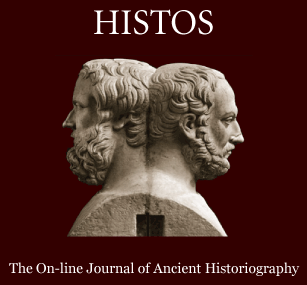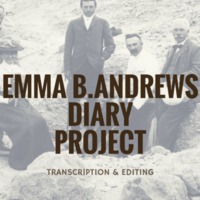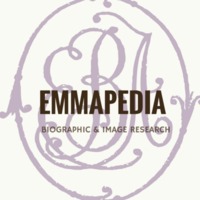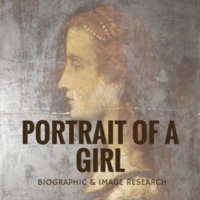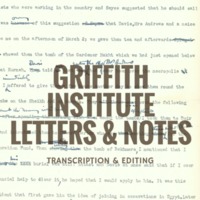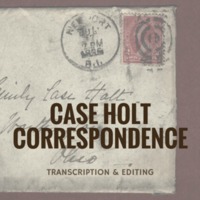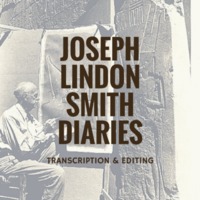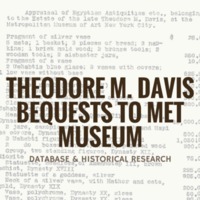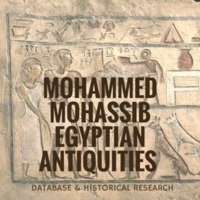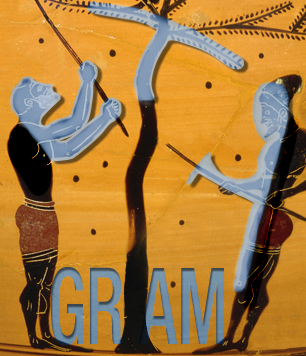Festschriften and Gedenkschriften published by the Oriental Institute
Baer, Klaus
*:
For His Ka: Essays Offered in Memory of Klaus Baer. D. P. Silverman, ed. 1994.
Biggs, Robert D.
*:
Studies Presented to Robert D. Biggs, June 4, 2004 From the Workshop of the Chicago Assyrian Dictionary, Volume 2 Martha T. Roth, Walter Farber, Matthew W. Stolper and Paula von Bechtolsheim, eds. 2007.
Braidwood, Robert J.
*:
The Hilly Flanks and Beyond: Essays on the Prehistory of Southwestern Asia Presented to Robert J. Braidwood, November 15, 1982. T. Cuyler Young, Jr., Philip E. L. Smith, and Peder Mortensen, editors. Originally published in 1983.
Esse, Douglas L.
*:
Studies in the Archaeology of Israel and Neighboring Lands in Memory of Douglas L. Esse. Samuel R. Wolff, ed. 2001.
Golb, Norman
*:
Pesher Nahum: Texts and Studies in Jewish History and Literature from Antiquity through the Middle Ages Presented to Norman (Nahum) Golb. Edited by Joel L. Kraemer and Michael G. Wechsler with the participation of Fred Donner, Joshua Holo, and Dennis Pardee. 2012
Gragg, Gene B.
*:
Studies in Semitic and Afroasiatic Linguistics Presented to Gene B. Gragg. Cynthia L. Miller, ed. 2007.
Güterbock, Hans Gustav
*:
Kanissuwar - A Tribute to Hans G. Güterbock on His Seventy-Fifth Birthday, May 27, 1983. H. A. Hoffner, Jr. and G. M. Beckman, eds. 1986.
Huehnergard, John
*:
Language and Nature: Papers Presented to John Huehnergard on the Occasion of His 60th Birthday. Edited by Rebecca Hasselbach and Na’ama Pat-El. 2012.
Hughes, George R.
*:
Studies in Honor of George R. Hughes, January 12, 1977. J. H. Johnson and E. F. Wente, eds. 1976.
Jacobsen, Thorkild
*:
Sumerological Studies in Honor of Thorkild Jacobsen on His Seventieth Birthday June 7, 1974. S. J. Lieberman, ed. 1976.
Kantor, Helene J.
*:
Essays in Ancient Civilization Presented to Helene J. Kantor. A. Leonard, Jr. and B. B. Williams, eds. 1989.
Landsberger, Benno
*:
Studies in Honor of Benno Landsberger on His Seventy-fifth Birthday, April 21, 1963. Edited by Hans G. Güterbock and Thorkild Jacobsen. Originally published in 1965.
Oppenheim, A. Leo.
*:
Studies Presented to A. Leo Oppenheim, June 7, 1964. R. D. Biggs and J. A. Brinkman, editors. Originally published in 1964.
Stolper, Matthew W.
*:
Extraction & Control: Studies in Honor of Matthew W. Stolper. Michael Kozuh, Wouter F. M. Henkelman, Charles E. Jones, and Christopher Woods, editors. Originally published in 2014.
Wente, Edward F.
*:
Gold of Praise: Studies on Ancient Egypt in Honor of Edward F. Wente. E. Teeter and J. A. Larson, eds. 1999.
Wilson, John A.
*:
Studies in Honor of John A. Wilson. E. B. Hauser, ed. 1969.
Titles in Preparation:
From Sherds to Landscapes: Studies in the Ancient Near East in Honor of McGuire Gibson
For an up to date list of all Oriental Institute publications available online see









